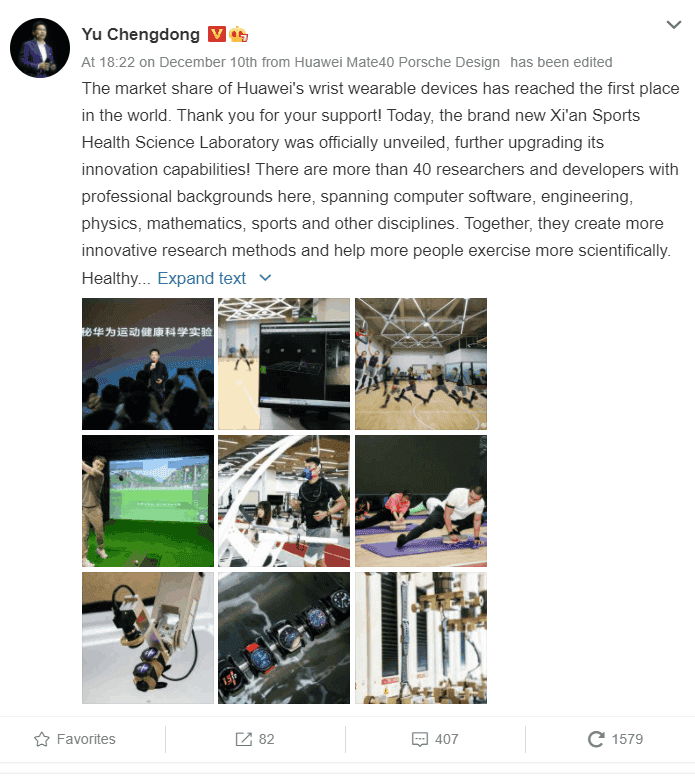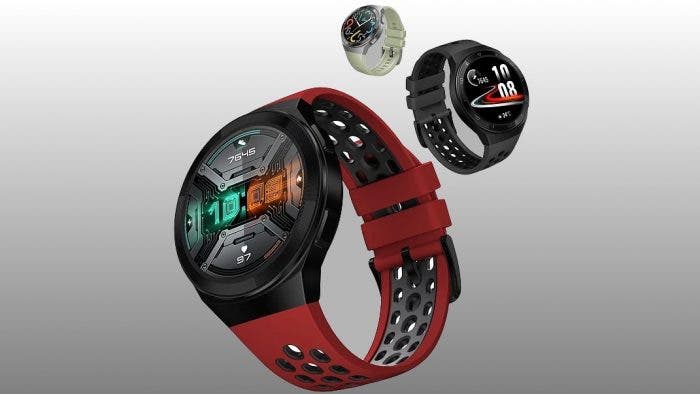Today, IDC released a quarterly tracking report on China’s wearable market for the fourth quarter of 2020. The report shows that in the fourth quarter of 2020, China’s wearable market shipped 30.26 million units, a year-on-year increase of 7.7%. The shipments of basic wearable devices (wearable devices that do not support third-party applications) were 25.18 million units, an increase of 10.3% year-on-year. However, shipments of smart wearable devices hit 5.08 million units, a year-on-year decrease of 3.6%.

Looking at the manufacturers, Huawei continues to maintain its No. 1 position in the market this quarter. Its main source of growth is the headset product line (Freebuds Pro) and the GT Watch series (Watch GT Pro). Xiaomi is in the second position. It’s Mi Air 2 series Bluetooth headsets and the new Redmi Watch keeps its position safe.
As for Apple, it is currently in the third position. Apple Watch product line shows significant growth basically because of the Series 6 and Series SE. The company is now narrowing the gap with Xiaomi in second place.
Gizchina News of the week
Huawei climbs to the top position in the wrist wearable market
While many think that Huawei is in trouble because of the U.S. ban, the company is not technically in one. The U.S. ban only significantly affects its smartphone business. However, Huawei is much more than just smartphones. Thus, its other numerous businesses are running smoothly. Recently, Yu Chengdong, Huawei’s consumer business CEO announced on Weibo that its wrist wearable market share is the highest in the world. The wrist wearable segment includes smartwatches and smart bands. Also, the company unveiled its new flagship Xi’an Sports Health Science Laboratory.

According to Yu Chegdong, the Xi’an Sports Health Science Laboratory has over 40 researchers and developers. These personnels are specialists in spanning computer software, engineering, physics, mathematics, sports, and other disciplines. Together, they create more innovative research methods and help more people exercise more scientifically and live healthily.
For its smart wearables, Huawei has a standard. They usually come with a super two-week long battery life, 17 professional sports functions such as running, swimming, and skiing, professional health monitoring functions such as heart rate, ECG, and sleep… These scientific experiences are all born in Huawei’s Sports Health Science Laboratory.
Yu Chengdong also said that in the future, more of Huawei’s smart wearable products will be tested at the lab. The only products that will eventually hit the market are those that will pass the tests. The company will collaborate with local sports health innovation capabilities to create an innovative, leading, and open Huawei sports health ecosystem. In addition, Huawei plans to build another sports health laboratory in Songshan Lake, Dongguan.





